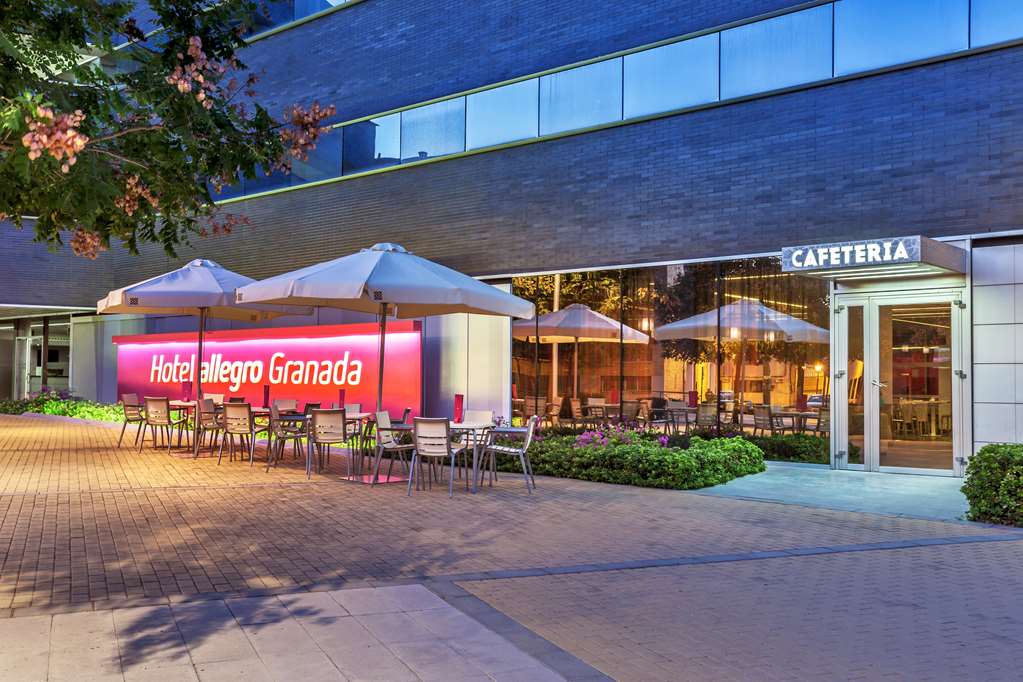Introduction
Allegro Granada, a vibrant expression of culture nestled in the heart of Spain, is more than just a destination; it’s an experience steeped in history and bursting with life. This article explores the multifaceted charm of Allegro Granada, which captures the essence of its historical roots while continually evolving to keep pace with modern demands. For those enchanted by rich traditions, stunning architecture, and a lively cultural scene, Granada offers a perfect backdrop, where every corner tells a story and every moment is a celebration of heritage.
The Essence of Allegro Granada
Historical Significance
The concept of “Allegro” in Granada is an intricate dance of historical influences and cultural evolution. Granada, a jewel in the crown of Andalusia, has been a crossroads of civilizations for centuries. From the Nasrids of the Moors, who erected the world-renowned Alhambra, to the Reconquista which brought significant Christian influences, the city has been a melting pot of ideas and styles. The Allegro movement in Granada can be seen as a cultural renaissance that celebrates this diversity through every art form and festival, making history accessible and engaging for all who wander its ancient streets.
Cultural Impact

Allegro Granada does not merely dwell in the past; it brings the vibrant, eclectic mix of Granada’s history into the present. Through festivals that light up the city with music and color, to art exhibitions that showcase both classic and contemporary works, the Allegro spirit is a bridge between ages. It is seen in the flamenco dancers whose every stomp echoes centuries of folklore, and in the modern street art that adorns Granada’s old quarters, telling new stories in vivid hues. Allegro Granada thus serves as both guardian and innovator of Andalusian culture, ensuring that its rich heritage thrives in a globalized world.
Exploring Allegro Granada
Key Events and Festivities
Allegro Granada is epitomized by its dynamic festival lineup, which transforms the city into a stage for both traditional and modern performances. The Granada International Festival of Music and Dance is a highlight, featuring world-class performances in the historic Alhambra Palace. Similarly, the Fiesta de las Cruces blooms in May, where the city is adorned with floral crosses, and locals dance to traditional music in the streets. These events offer a glimpse into the soul of Granada, where celebration is a way of life and everyone is invited to partake in the joy.
Notable Attractions
Beyond festivals, Granada’s architecture is a feast for the eyes. The Alhambra, a UNESCO World Heritage site, offers a stunning display of medieval Islamic architecture and art, with its intricate arabesques and reflective pools offering a peaceful escape from the modern world. The winding alleys of the Albaicín, the old Moorish quarter, also hold their charm with whitewashed houses and spectacular views of the city. These landmarks, coupled with modern attractions like the Science Park, provide a holistic view of Granada that intertwines its illustrious past with a vibrant present.
Experience Allegro Granada
Gastronomy
The flavors of Granada are as layered as its history, with every dish recounting a story of conquests and collaborations. Tapas bars line the streets offering local favorites like tortilla de Sacromonte and piononos, small, sweet pastries that are a must-try for any visitor. Restaurants in the Albaicín serve up Moroccan-inspired dishes, a nod to the city’s Moorish past, while contemporary establishments offer a modern twist on Andalusian classics, ensuring that every palate is catered to.
Music and Performances
In Granada, music is life. The sounds of classical guitars, flamenco rhythms, and Arabesque melodies fill the air, creating a soundtrack that is uniquely Granadan. Venues ranging from intimate flamenco caves to grand theaters offer live performances that are not just shows but a deep dive into the cultural heart of Spain. For the quintessential Granada night out, catching a flamenco show in Sacromonte is an absolute must, as the raw, emotional power of the performance is something that will stay with you long after you leave.
Travel Tips and Recommendations
Visiting Granada during the spring or early autumn is ideal as the weather is pleasant, and the city’s festivals are in full swing. For accommodations, the central district offers easy access to most tourist attractions, but booking early is advisable as the city fills up quickly during peak seasons. For those traveling by public transport, Granada is well-connected by bus and train, with plenty of options for getting around the city or venturing further afield to nearby Sierra Nevada or the coast.
Conclusion
Allegro Granada offers a tapestry of experiences that are rich in history and steeped in culture. From its bustling festivals to quiet historic sites, from flamenco nights to gastronomic delights, Granada invites visitors to not only see its beauties but to live them. As a city that has mastered the art of blending the old with the new, Granada remains a timeless allure in the heart of Andalusia.
FAQs
- What is the best time of year to visit Granada for Allegro events?
- Spring and early autumn are ideal for enjoying the full range of events and pleasant weather.
- Can Allegro Granada be enjoyed on a budget?
- Absolutely, many of Granada’s attractions are free, and food and accommodations can be found to suit all budgets.
- What are some must-see sites for first-time visitors interested in Allegro Granada?
- The Alhambra, Albaicín, and Sacromonte are essential for any first-time itinerary.
- How does Allegro Granada influence the local arts scene?
- It serves as a catalyst for both preserving traditional arts and fostering new creative expressions.
- What are some tips for travelers attending their first Allegro event in Granada?
- Plan ahead, be ready to stay late, and immerse yourself fully in the festive spirit of the city.
You May Also Read:https://booksnews.co.uk/
